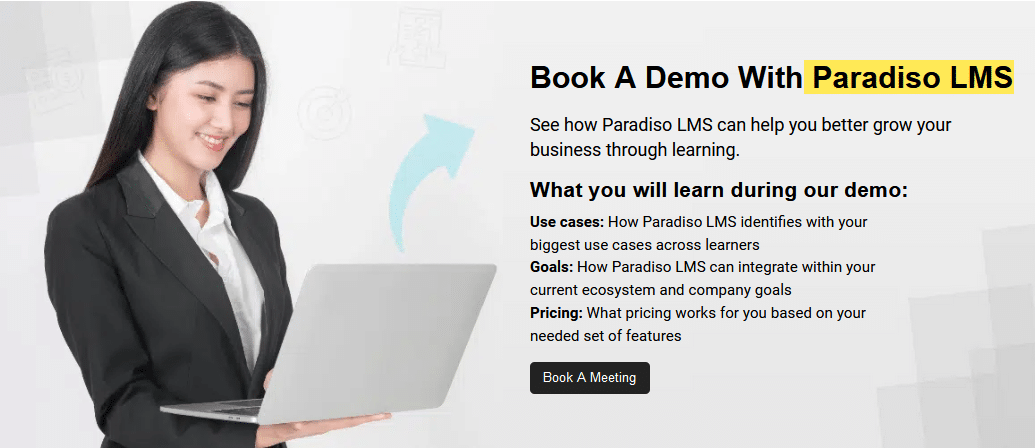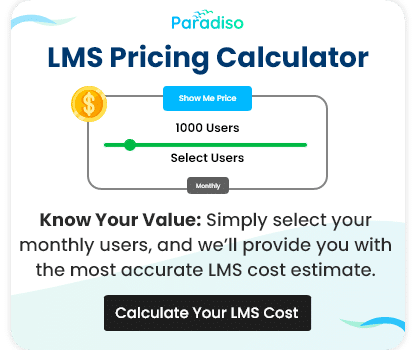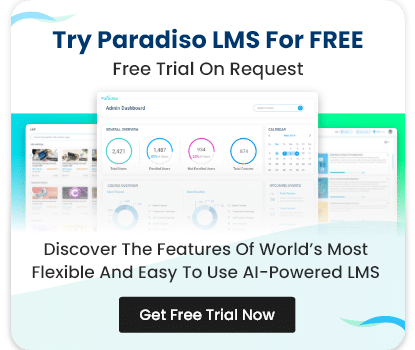This article explores the fundamentals of Learning Management Systems (LMS), the different types available, and a step-by-step guide to choosing the best platform for your specific needs. Let’s start with the basics.

A Comprehensive Guide to Selecting the Ideal LMS
What is an LMS?
An LMS, or Learning Management System, is a centralized platform for hosting and accessing educational materials, including video lessons, presentations, courses, books, and lectures. Accessible from any device worldwide, modern LMS platforms also enable the creation and management of various training programs, making them indispensable for education and corporate training.
The primary purpose of an LMS is to streamline and digitalize learning processes, benefiting educational institutions and businesses alike. Key use cases include:
Employee Development
No matter the industry, employee growth is vital for organizational progress. LMS platforms simplify professional development by providing a personalized learning pace for each employee. They also reduce training costs by eliminating the need for repetitive in-person seminars and allow for easy monitoring of progress through built-in tests and analytics.
Onboarding New Hires
Onboarding can be challenging for both companies and new employees. An LMS accelerates this process by providing structured resources about the company’s history, policies, roles, and workflow, ensuring new hires acclimate quickly and efficiently.
Knowledge Preservation
Maintaining institutional knowledge is as important as training itself. An LMS serves as a comprehensive repository where all training materials are stored, ensuring they are accessible to both current and future employees. This ensures a continuous process of knowledge enhancement.
Supporting Traditional Education
Even when not fully replacing traditional learning, LMS platforms complement it with features like gamification, interactive tests, and multimedia presentations, enriching the overall educational experience.
Incorporating an LMS is a game-changer for corporate training and educational programs. Recent studies indicate that 41.7% of companies significantly reduce training costs with an LMS, while employee retention rates increase to 92%.
Types of LMS: A Comparison
When searching for the right LMS, understanding the two primary categories is essential:
Proprietary LMS
These platforms are fully owned by the developer and require a subscription or license fee. While they limit customization, they offer robust customer support, reliable functionality, regular updates, and quick bug fixes. Proprietary LMS platforms are ideal for organizations seeking quick implementation without the need for significant customization.
Open-Source LMS
Open-source platforms are typically free or low-cost, offering extensive customization options. Users can modify features, integrate third-party tools, and tailor the design to specific needs. However, they lack dedicated support and require technical expertise or a specialized team for implementation and maintenance. Open-source LMS platforms are best suited for advanced users prioritize flexibility and control.
Step-by-Step Guide to Choosing an LMS
Step 1: Identify Your Core Requirements
Start by understanding your target audience and their needs:
- Age of Learners: Choose an interface and functionality appropriate for the demographic. For instance, older employees may benefit from simpler designs, while younger audiences might prefer advanced features.
- Audience Size: Large groups with high turnover rates may require corporate LMS platforms capable of bulk enrollment.
- Preferred Learning Tools: Assess the devices your audience uses. If most learners use mobile devices, prioritize LMS platforms optimized for mobile learning.
Step 2: Define Technical Specifications
Clearly outline the technical features you need in an LMS:
- Content Formats: Determine the types of content (e.g., video, quizzes, presentations) needed for your courses. Ensure the platform supports diverse content and includes tools for easy course creation.
- Delivery Methods: Decide between synchronous (real-time interaction), asynchronous (on-demand learning), or hybrid models, depending on your course requirements.
- Analytics and Reporting: Choose platforms with robust reporting systems to track performance and identify areas for improvement.
- Enrollment Features: For large audiences, opt for LMS platforms that allow bulk student enrollment via tools like CSV uploads.
Step 3: Consider Additional Features
Beyond core functionality, think about optional features that enhance the learning experience:
- Social Learning: Platforms with forums, group discussions, and live Q&A sessions foster collaboration.
- Mobile Learning: Ensure compatibility with mobile devices to facilitate seamless access.
- Monetization: If you plan to sell courses, look for eCommerce features like payment gateways and discount options.
- Certificates and Awards: Platforms offering customizable certificates add value to your courses.
Step 4: Finalize Your Choice
Compare proprietary and open-source LMS platforms based on these factors:
- Ease of Implementation: Proprietary LMS vendors often provide end-to-end support for implementation. Open-source platforms require technical expertise or external support.
- Customer Support: Proprietary systems typically offer 24/7 assistance, while open-source platforms rely on community forums and documentation.
- Customization: Open-source platforms allow extensive modifications, whereas proprietary systems offer limited customization.
Conclusion
Selecting the right LMS involves understanding your audience, defining technical and functional requirements, and weighing the pros and cons of proprietary and open-source solutions. Explore popular platforms like Paradiso LMS and find the best fit for your needs. By following this guide, you can make an informed decision and create a productive and engaging learning environment.











